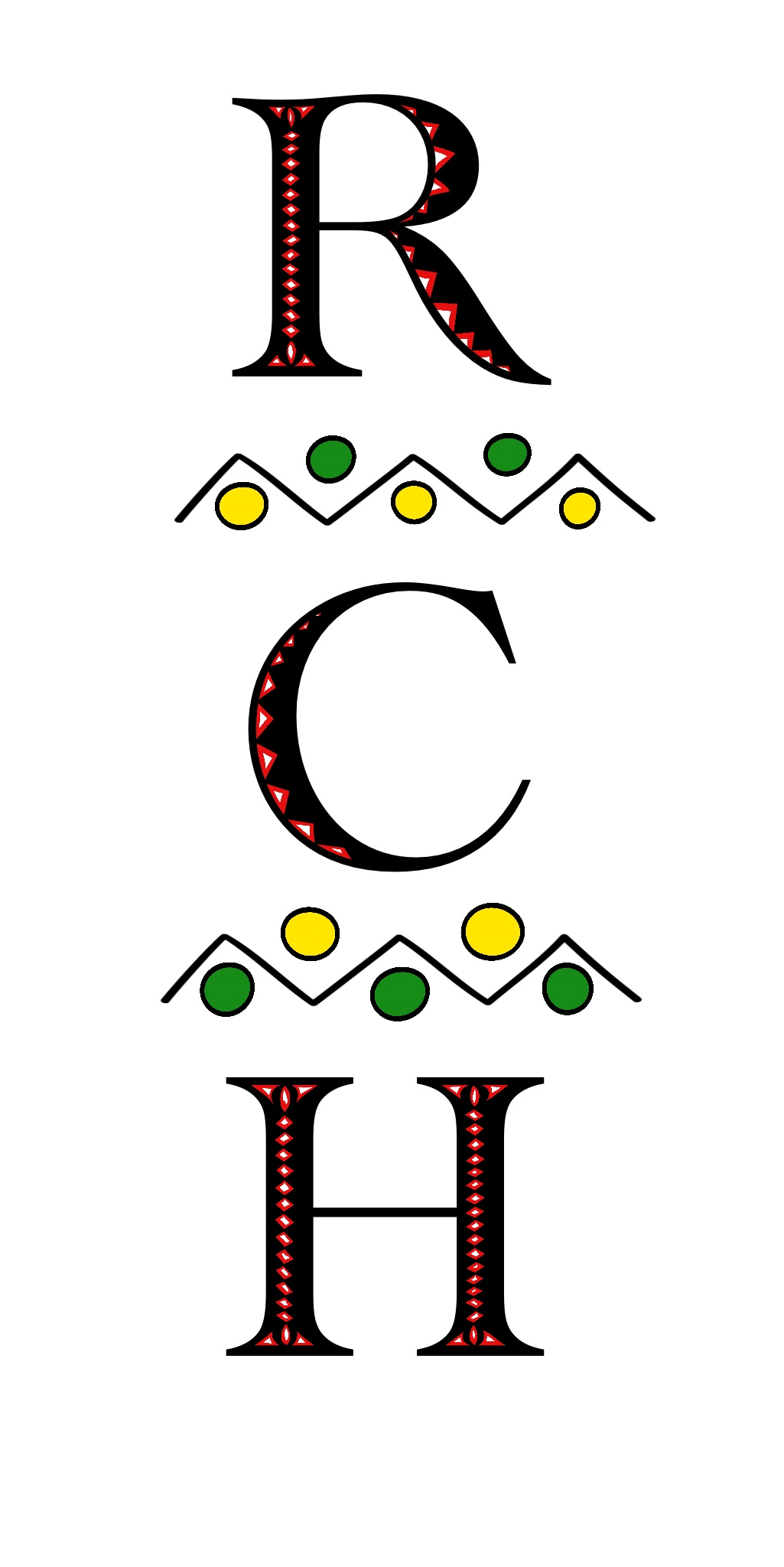Subscribe
Want to stay in touch with my blog? Subscribe my newsletter to get updates!

Anesu Ndoro
Hi there! I'm so grateful and humbled that you're here and have taken time out of your day to engage with my content. This is a little space where I contribute my own perspectives to conversations about different topics. This is also where I can hear from you. Please like, comment and subscribe so we stay in touch!
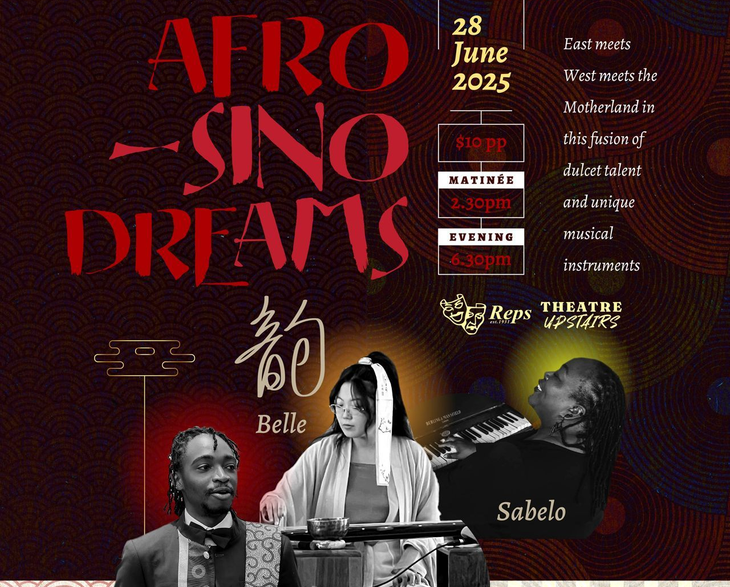
Afro-Sino Dreams: My First Official Collaborative Recital!
28.06.2025
3 min read
Anesu Ndoro
Dear friends: on the 28th of June 2025, I took part in a very memorable performance alongside fellow artists Belle Qiu and Sabelo Nyoni. This one of a kind performance brought together African, Chinese and Western music. Read all about the concept we came up with and it went down!
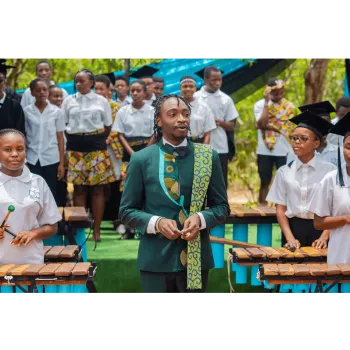
Adventures in Education: Teaching at An NGO School in Zimbabwe
18.09.2024
Anesu Ndoro
In this post, I reflect on the my experience of teaching at the USAP Community School. As a child of two professional educators, I’ve always known that teaching was going to happen in my career sooner or later. However, more than a career decision, this has been a personal mission to contribute to my community in Zimbabwe and explore the intersection of education, culture, and social change. Teaching Humanities and Music at USAPCS has been more than just a job; it has been a transformative experience for myself and my students, one that has deepened my understanding of education as a tool for empowerment and healing. Here, my interest in Anthropology proved to be an asset, and I feel I have been able to channel so many skills I learned in the department towards my work.
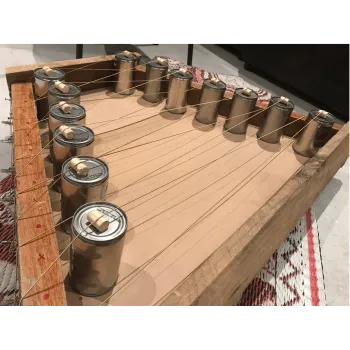
Forming The Rayiro Orchestra part 5 - The Fafariva Hammered Zither
30.11.2024
Anesu Ndoro
Introducing the Fafariva Hammered Zither, a new creation of mine that is joining my dream of making the Rayiro Orchestra! Inspired by the ingenious creations of Nicholas Bras, I made this instrument using recycled wood, recycled tins and guitar strings. I believe it will add sounds that aren't present in any of my other instruments and can be a valuable member of the Orchestra line-up. Enjoy the read!
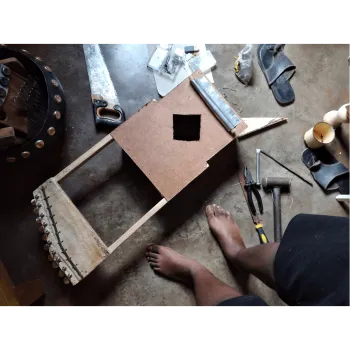
Forming The Rayiro Orchestra pt. 4: The Chivandudzo Lyre
08.08.2024
Anesu Ndoro
In line with creating the Rayiro Orchestra, here I'll be writing about the lyre-like instrument: the Chivandudzo, which I worked on during the holiday season of 2022. Making it was quite challenging, a bit exhausting (mistakes were made here and there) but ultimately fulfilling. Keen music lovers will see influences from the Bapedi dipela/harepa in terms of sound, the Eritrean/Ethiopian krar in terms of shape, and the nhare mbira in terms of playing technique. My intent is to make an instrument that is compatible with mbira musical structures, as well as different Zimbabwean singing styles, while adding sounds not common to traditional ensembles. Happy reading!
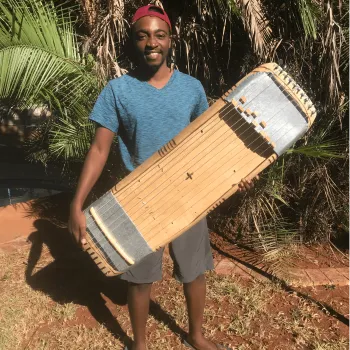
Forming The Rayiro Orchestra pt. 3: The Inanga ReDzimbahwe
23.04.2024
Anesu Ndoro
In line with creating the Rayiro Orchestra, here I'll be writing about the Inanga reDzimbahwe. Loosely translated, 'Inanga reDzimbahwe' ought to be read as 'Inanga in the tradition of Dzimbahwe music'. I think this name will make finding the roots of this instrument easier, although of course many musical roots from around the African continent are present in it. Special thanks to Deo Munyakazi's indispensable contribution to this instrument coming to life! Happy reading!
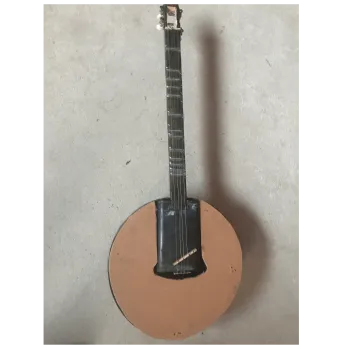
Forming The Rayiro Orchestra pt. 2: The Chipetura Lute
06.03.2024
Anesu Ndoro
Yes, another member of the Rayiro Orchestra has arrived! In this post, I'll be talking about the Chipetura lute and some of work that went into it. I love that is an easy/intuitive instrument to play, and I would say a great entry instrument for anyone who is interested in learning how to play strings. Happy reading!
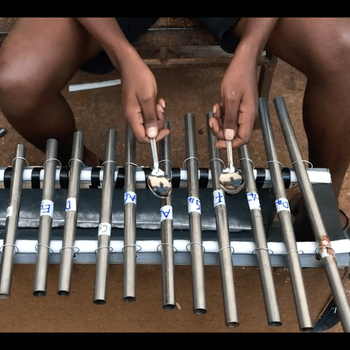
Forming The Rayiro Orchestra pt. 1: The Ridzautare Marimba
10.01.2024
Anesu Ndoro
This is the beginning of a dream I hope one day comes true: the creation of a traditional Zimbabwean orchestra that brings all our instruments together and where we can all play music. In this post, I present the Ridzautare marimba, the research and influences behind it, and its place in the orchestra. Enjoy!
